Search the Special Collections and Archives Portal
Search Results
Howard Hughes and party being welcomed at City Hall, greeted by Jesse Jones, 1938 July 15
Level of Description
Archival Collection
Collection Name: Howard Hughes Public Relations Photograph Collection
Box/Folder: Folder 12
Archival Component
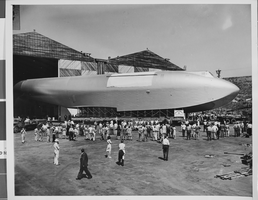
Photograph of Howard Hughes' Hercules, Culver City, California, June 16, 1946
Date
Archival Collection
Description
Image
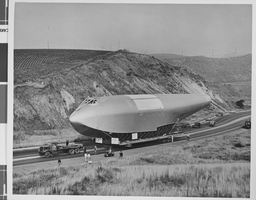
Photograph of Howard Hughes' Hercules, Culver City, California, June 16, 1946
Date
Archival Collection
Description
Image

Photograph of Howard Hughes and Cordell Hull, Washington D.C., July 21, 1938
Date
Archival Collection
Description
Image
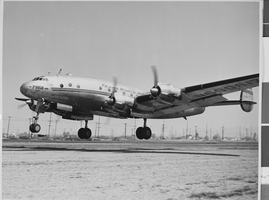
Photograph of aircraft Howard Hughes is test flying, Culver City, May 03, 1947.
Date
Archival Collection
Description
Image
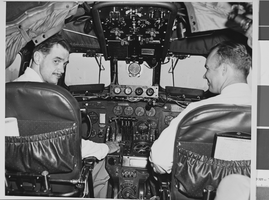
Photograph of Howard Hughes installing radar, Culver City, California, May 03, 1947
Date
Archival Collection
Description
Image
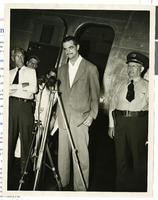
Photograph of Howard Hughes at a press conference beside his Douglas DC-3, New York, April, 1947
Date
Archival Collection
Description
Image
Howard R. Hughes College of Engineering Records
Identifier
Abstract
The Howard R. Hughes College of Engineering Records contain materials dating from approximately 1968 to 2017 that document the establishment of the School of Engineering and later the Howard R. Hughes College of Engineering School. Materials include records of the Nevada Development Authority Partners for Industry through Engineering and Education (PiE2) program during the 1980s that was headed by Bob Gore of Summa Corporation (formerly known as the Howard Hughes Corporation). Collection records also include samples of class listings, phone directories, degree information, college rules and bylaws, and fact sheets and brochures for different engineering degree programs at UNLV. Materials also include accreditation questionnaires from 1989, 1990, and 1992. Also included are promotional brochures and pamphlets for the school from 2015 to 2017.
Archival Collection
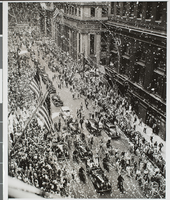
Photograph of a parade for Howard Hughes, Chicago, July 30, 1938
Date
Archival Collection
Description
Image
Unknown author. Mahue wins suit over a statement by Howard Hughes, New York Times, 1974 July 02
Level of Description
Archival Collection
Collection Name: UNLV Libraries Collection of Articles on Gaming and Las Vegas, Nevada Topics
Box/Folder: Box 12
Archival Component
